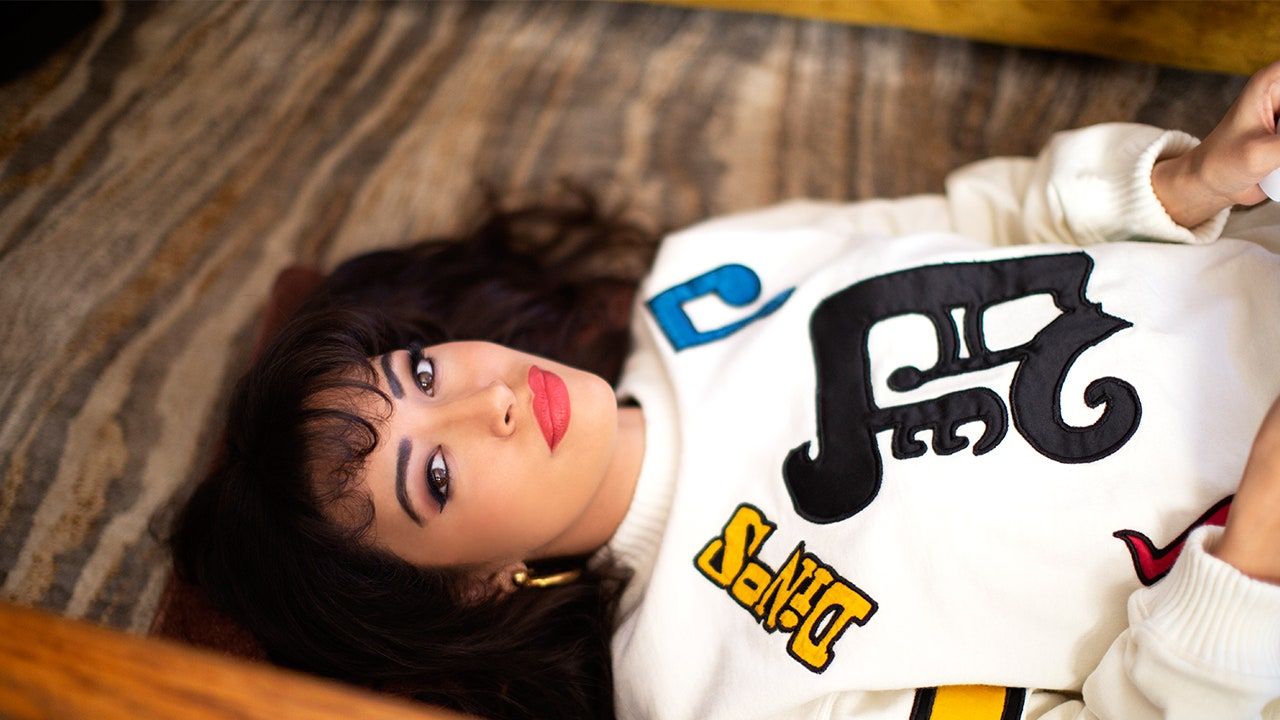By Sara Espinosa Rastoll, Second Year, English Literature & Philosophy
Released last Friday, Selena: The Series (2020) is one of Netflix’s most awaited recent productions. It tells the story of the popular American singer, Selena Quintanilla, whose Latin roots made her a representative of Hispanic and Latino Americans. The singer was assassinated at the age of 23 by the president of her fan club, cutting short the life of not just a celebrated artist, but a young woman at the beginning of her life as an adult.

Her parents emigrated from Mexico to the United States in search of a better future before she was born in Lake Jackson, Texas, in 1971. The first part of the miniseries features her humble upbringing and the challenging situation many Latinos would have been faced with upon arrival in America.
Supervised by the family of Selena as a way of commemorating her legacy and condemning her brutal end, the series is incredibly accurate in portraying the singer’s childhood and artistic development, combined with the pressures of her parents and siblings to be successful. The executive producer, Jaime Dávila, also raised in Texas, grew up listening to her songs and considers her one of the most influential artists of his childhood.
The series stars Madison Taylor Báez as the young Selena and, for the most part of the series, Christian Serratos, whose admiration towards the artist has made her even more suitable for the role. Known for roles in productions such as Twilight (2008) and The Walking Dead (2010), the actress has said that she could not be prouder but, at the same time, is daunted by the prospect of portraying such a notable celebrity.
Noemí González, who plays the singer’s sister, and executive producer Suzette Quintanilla also felt pressured when portraying part of the family of an artist who, she said, ‘means so much for me and means so much for her fans’ (Infobae México). Selena’s older brother is played by Gabriel Chavarria, who has developed a close relationship with the family of the artist because of the production.

Eighteen episodes of approximately 40 minutes each comprise the series and its two seasons, and tells Selena’s story from a more intimate perspective than the 1997 film, Selena, featuring Jennifer López. Many critics have argued that this new series still lacks the strength and passion that a production featuring the life of Selena Quintanilla should have, but the second part remains to be released.
A yippie ki-yay Christmas
International Day of Persons with Disabilities: how are disabilities presented in film and TV?
The initial focus on her childhood years and her family’s rapid grasp of fame’s hands make it a vital series for many Americans that still have not understood the situation which many immigrants are forced to face in the country.
In the same way that Selena’s rise to fame inspired a generation of Latin communities that had been marginalised, Selena: The Series will hopefully renew that power and remind the public of the difficulties which are often forgotten in the eyes of fame. After all, Selena is the story not just of an incredible artist, a young woman trying to find her place in an 80s society that was devoid of opportunities for many.
Featured: IMDb
Have you watched Selena: The Series yet?








